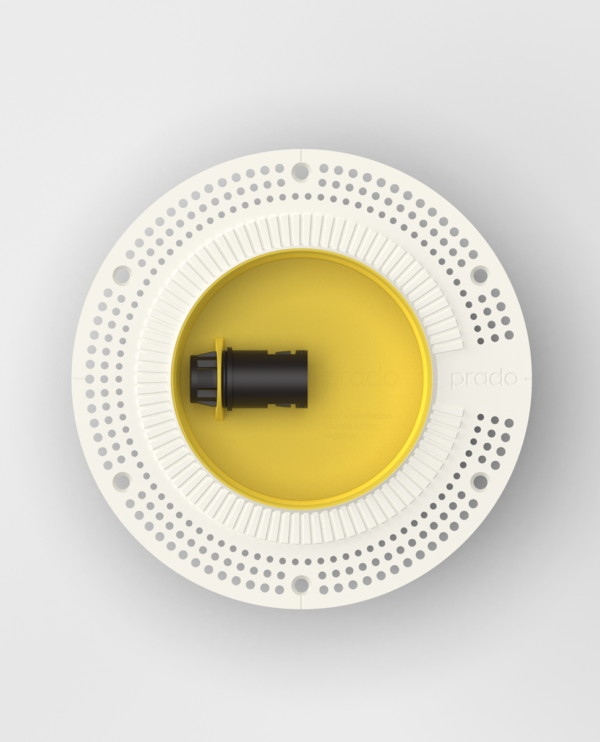

A continuous horizontal treated batten fixed at no more than 450 mm centres should be provided at the top and bottom of each sheet to act as a fire stop for the wall to ceiling junction and for proper fixing. Good scratching good key formed for finishing coat.įix the boards with the bound edges vertical to vertical battens located at less than 600 mm centres. Poor scratching no key provided for finishing coat. Correct application of the base coat is essential to ensure finishing coat does not fail.Ĭracking in sand/cement base coat due to shrinkage causes delamination/boasting of the finishing coat.

Ensure base coat has dried fully before plaster finish is applied. Finish with a 2 mm coat of gypsum final coat plaster once the base coat has set adequately. Scratch the surface thoroughly to form a key, then, once dry, finish with a 2 mm coat of gypsum plaster.įailure of the gypsum plaster finish may occur if the scratch coat is not allowed sufficient time to dry.Īpply a coat of proprietary gypsum base coat plaster to a depth of 9 mm scratch well to form a key. Scud blockwork using a thick slurry of 1:2 sand cement ratio to a depth of 3-5 mm.Īpply a scratch coat of 1:1:6 (cement:lime:sand) or 1:6 (cement:sand) with plasticiser to a depth of 10-16 mm. In cut roof construction, ensure struts that prop purlins are supported adequately.Įnsure sizing of joists is appropriate to their spans.ġ) Tape and fill all joints and internal angles and leave ready for painting/decoration using a proprietary priming agent or a slurry of joint finish.Ģ) Tape and fill all joints and internal angles and finish with a 2 mm coat of skimcoat plaster finish suitable for dry-lining boards.Īlternative Procedures For Wet Plastering To Blockwork Moisture content should not exceed 20% ensure timber is properly dried.įor the type of board being used, all joints should be caulked, taped, or scrimmed appropriately.
1900 plaster ring how to#
How To Avoid Cracking Of Plaster In Ceilings Scratch coat of bonding plaster to a thickness of at least 8 mm scratch to form a key and finish ceiling with a 2 mm nominal thickness of finish coat. In this system, large plasterboard sheets that are 12.5 mm thick are fixed to the walls and joint-filling methods are used to leave the boards ready for painting/decorating. Thereare 2 types of plasterboard-based methods, namely “dry” systems and “wet” systems. Along with wall finishes, plasterboard also forms the basis of most ceiling finishes in domestic construction. Please see detailed alternatives in the Technical Guidance Document E included in this app.Ĭommonly internal wall finishes are provided by plastering methods incorporating plasterboard. The document states that concrete blocks of 1900kg/m^3^ combined with 13 mm of lightweight plaster each side will meet this requirement. Technical Guidance Document E of the Building Regulations defines the minimum density of a wall as 415 kg/m^2^ and the minimum thickness of plaster on both sides as 12.5 mm. The sound requirements for party walls in terraced houses or semi-detached houses should also be taken into account. in hollow block construction where the insulation must be placed on the inside, dry-lining must be used.

Usually, the type of insulation being used will have a bearing on the method used, e.g. With wet plastering techniques, a certain amount of drying time must be allocated before decorating. There are 2 methods that can be used for internal wall finishing, namely wet plastering techniques and dry-lining with plasterboard.


 0 kommentar(er)
0 kommentar(er)
